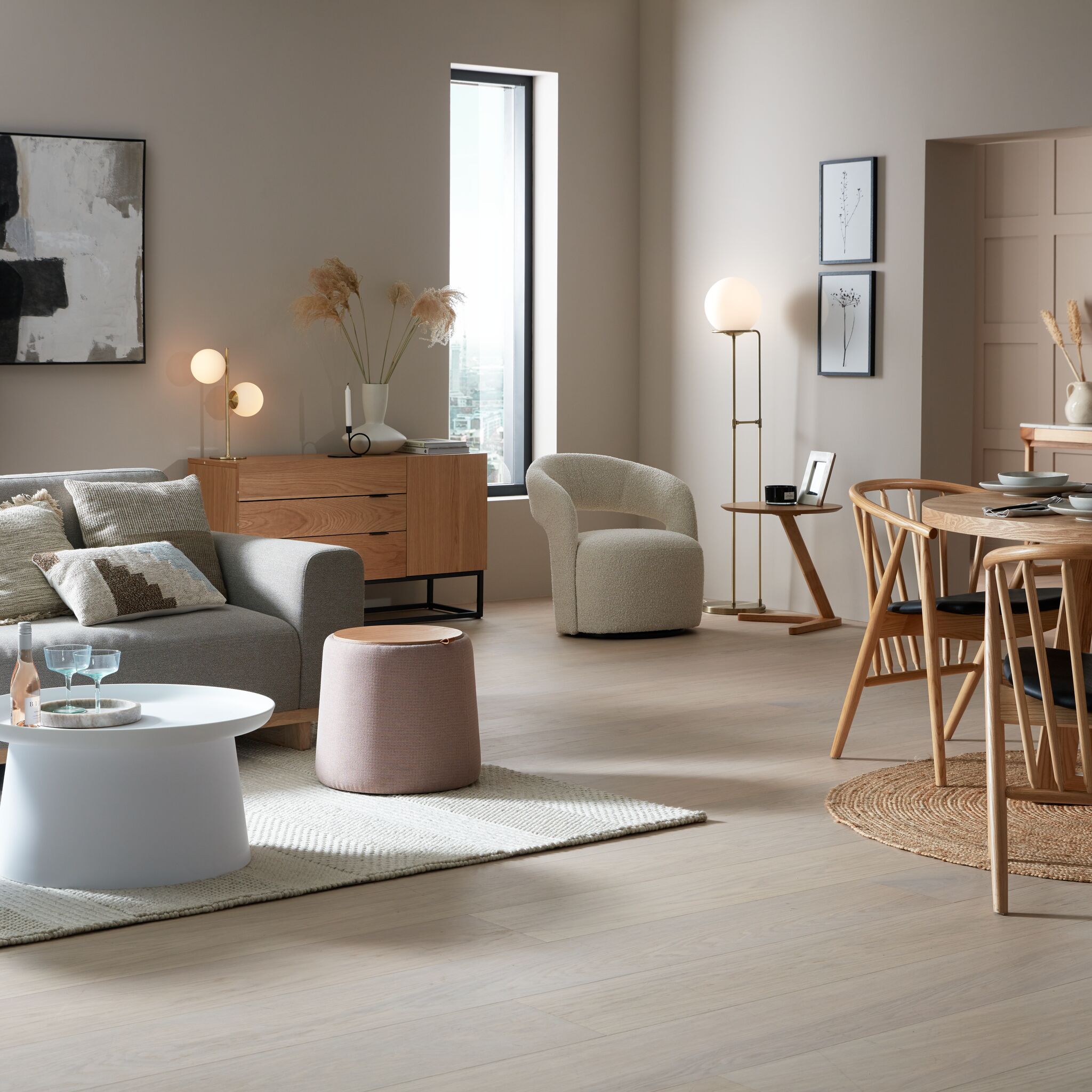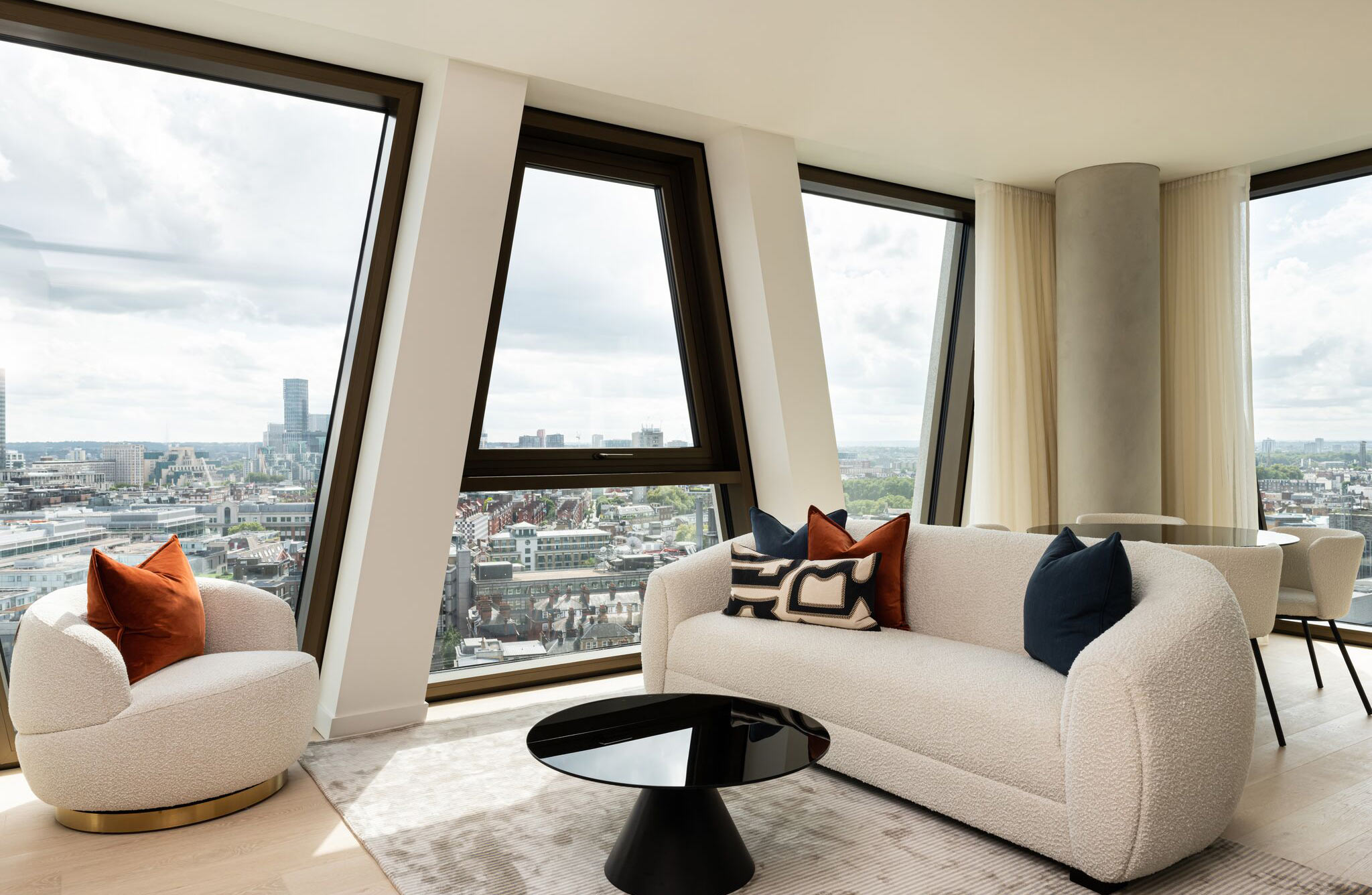When designing interiors internationally, the interplay of culture, tradition, and environment results in diverse interior design styles that reflect the identity and values of communities around the world. This rich tapestry of influences allows for innovative and meaningful design solutions that resonate with people on a personal level.
Loft Living, a trusted supplier of interior design and furnishings for residential projects globally understand and appreciate that different cultures influence interior design styles in various ways, reflecting their unique histories, traditions, aesthetics, and values.
Here are some key aspects of how we see tradition and culture shaping interior design across the globe:
Colour Palettes: Cultural significance often dictates the colours used in interior spaces. For instance, in many Asian cultures, red symbolises good fortune and happiness, leading to its frequent use in festive decor. In contrast, Mediterranean styles often favour earthy terracotta tones and vibrant blues to reflect the region’s natural landscapes.
Materials and Textures: Local availability of materials often influences design choices. For example, adobe and clay are prevalent in Southwestern U.S. and Mexican designs due to their abundance, while Scandinavian design emphasises natural wood and light colours to create a cozy atmosphere reflective of the region’s natural environment.
Furniture Styles: Cultural heritage also affects furniture design, with each region showcasing traditional craftsmanship. Japanese interiors often incorporate low furniture and sliding doors (fusuma) to create a sense of harmony and simplicity. In contrast, European designs may feature ornate furniture and heavy fabrics, reflecting historical influences and craftsmanship.
Spatial Organisation: Different cultures have varying approaches to space utilisation. For example, open floor plans are common in Western designs, promoting a sense of space and living with fluidity. In contrast, traditional Asian homes may use screens or partitions to create distinct areas, emphasising privacy and functionality.
Cultural Symbols & Art: Incorporating culturally significant symbols, patterns, and art can define a space’s character. African designs often feature bold prints and handcrafted items that tell a story, while Middle Eastern interiors may showcase intricate tile work and calligraphy, reflecting the region’s rich heritage.
Lighting: Cultural practices influence lighting choices. In many Western cultures, bright, ambient lighting is favoured, while in Eastern cultures, softer, more diffused lighting is often used to create serene spaces. Additionally, the use of lanterns and candles in various cultures adds unique character and ambiance.
Functionality and Purpose: Different cultural values lead to variations in how spaces are used. In some cultures, communal living and family gatherings are central, leading to larger dining areas and open kitchens, while others may prioritise individual spaces and private retreats.
Sustainability & Nature: Some cultures emphasise a strong connection with nature, leading to designs that incorporate natural elements, such as plants and water features. This is particularly evident in Japanese Zen gardens and Balinese open-air living spaces.
By engaging with Loft Living for your next residential project, we can assure you of “Global Reach, Local Expertise” providing an interior design and furnishing solution designed to enhance the residential experience for the end user, culturally, socially and emotionally.

